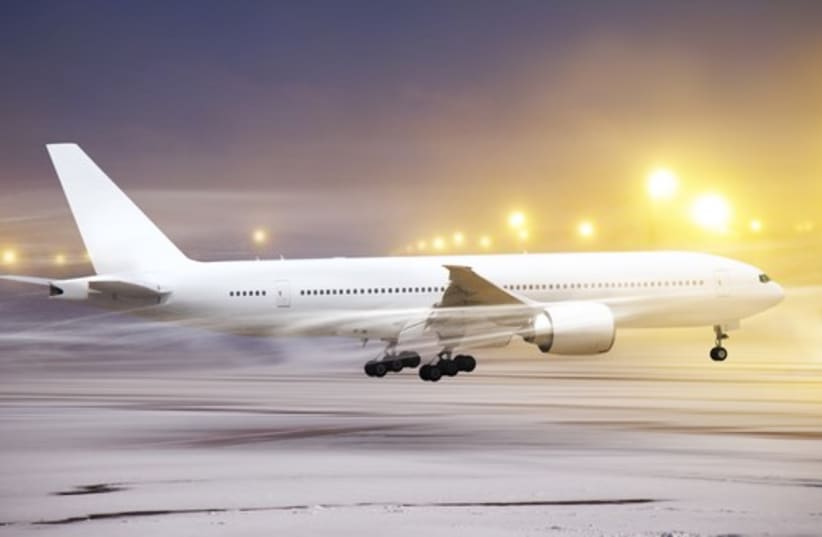The Travel Advisor: Surviving the ever-shrinking size of airline seats
Most of us of normal height and girth who fly in economy class can attest to the discomfort caused by squeezing into a narrow seat with the seat ahead of us leaning into our tray.
